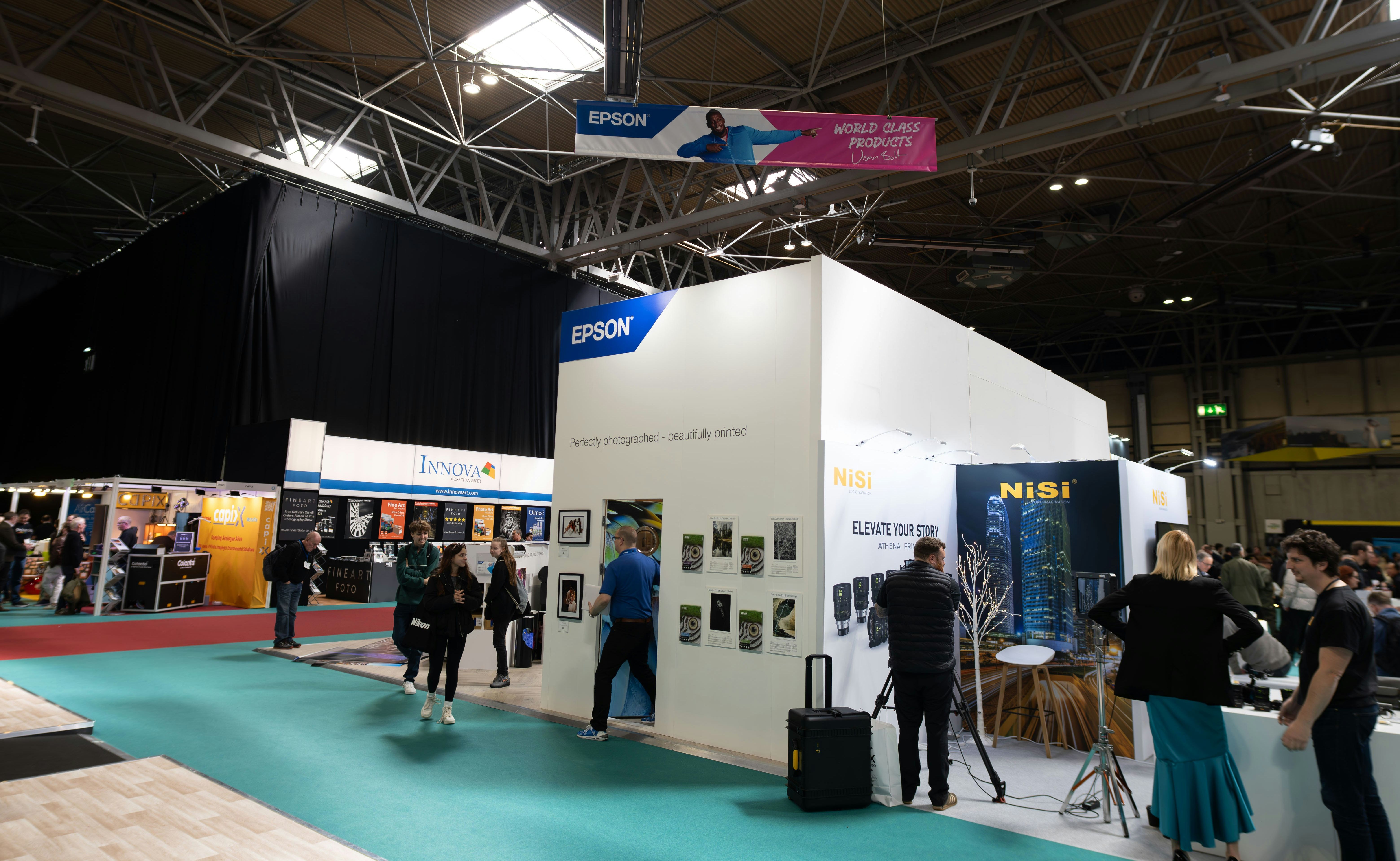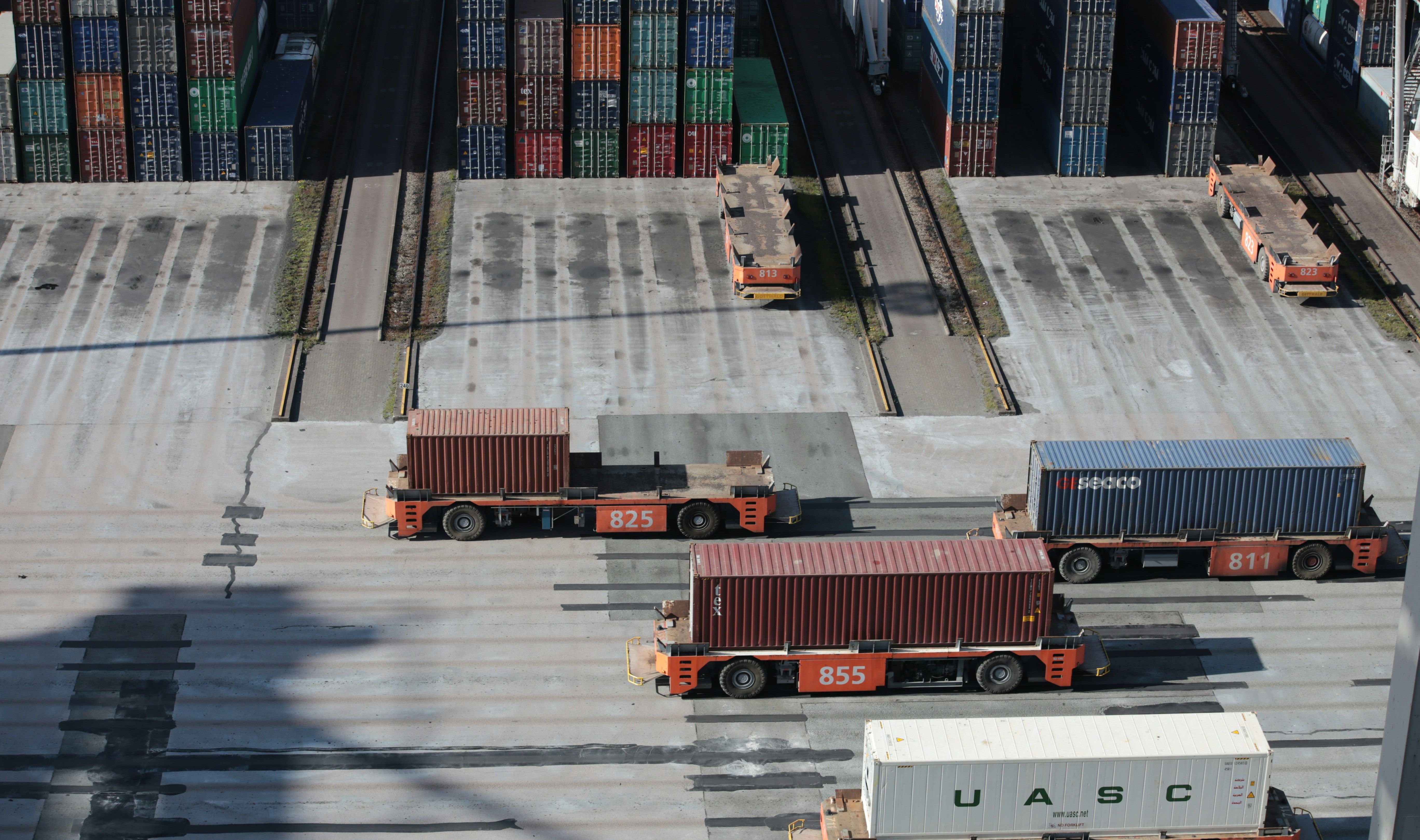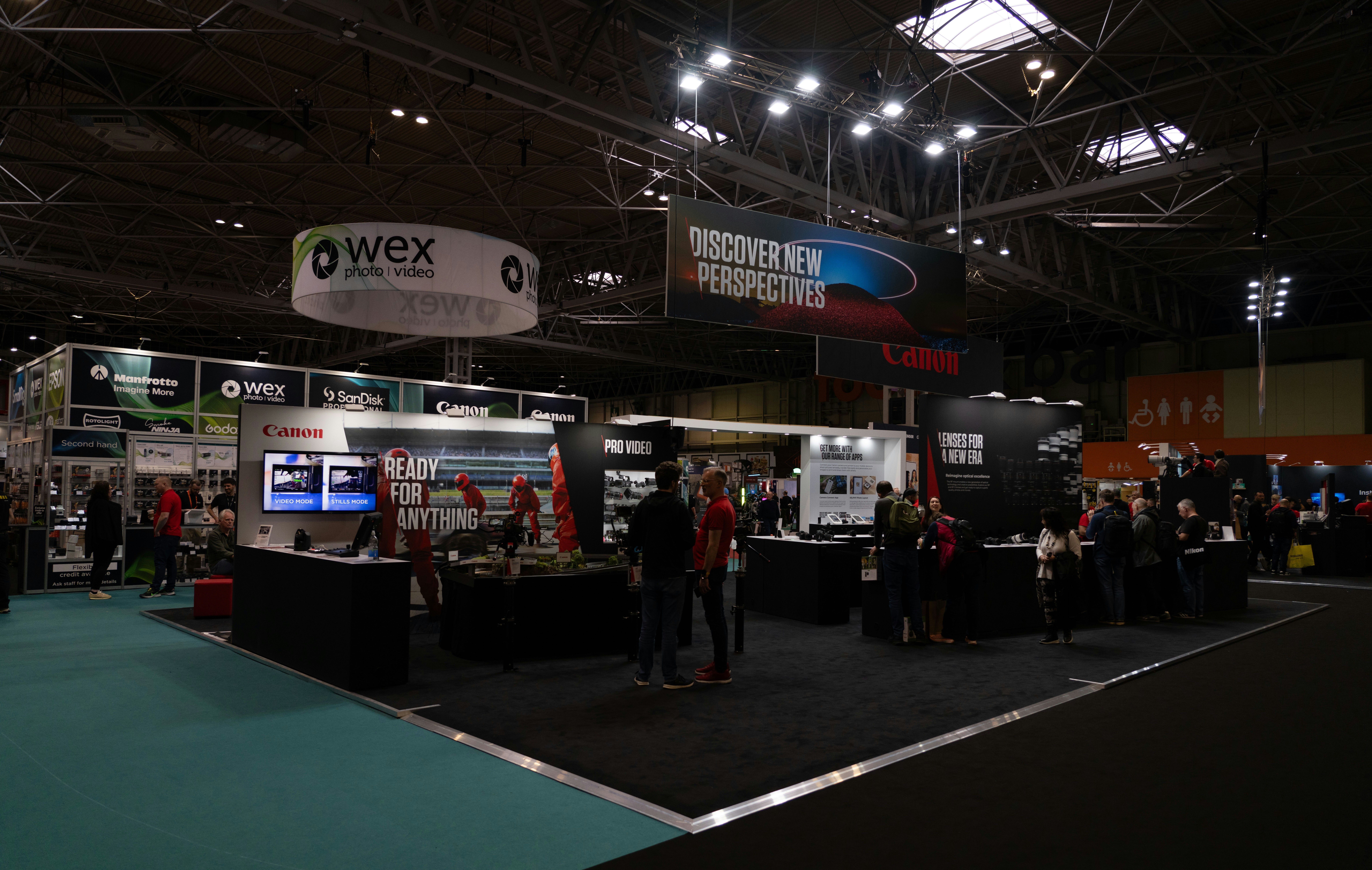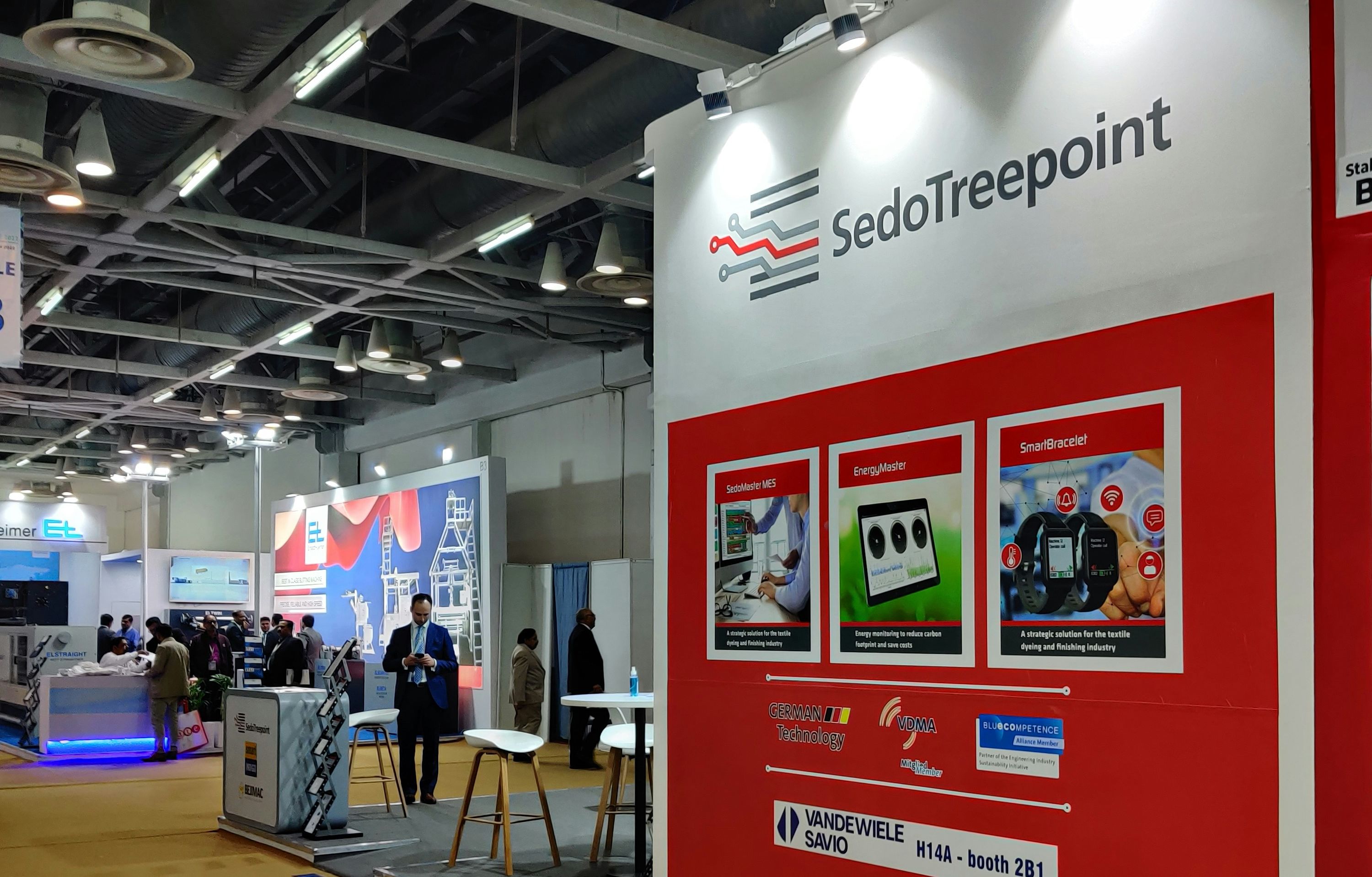Japan Expo Support Services for Booth Build, Staffing and Logistics
Author
Jack
Date Published
.jpg%3F2025-11-14T16%3A19%3A24.278Z&w=3840&q=100)
Japan’s exhibition industry is one of the most structured and service oriented in the world, supported by advanced venues like Tokyo Big Sight, INTEX Osaka, and PACIFICO Yokohama. For international exhibitors, however, success at Japanese expos depends on more than design or branding. It requires a deep understanding of venue regulations, customs procedures, and cultural work practices. Every detail, from electrical approvals to booth crew behavior, must comply with strict Japanese standards of order, safety, and professionalism.
This guide explains how to manage booth construction, freight handling, and staffing within Japan’s regulated event environment. By following these guidelines, organizers and exhibitors can deliver seamless, compliant, and visually outstanding showcases that meet both global brand expectations and Japanese venue requirements.
Booth Types and Construction Protocols
Japanese expo halls categorize booths into three main structures: shell scheme, custom-built, and hybrid modular. Shell schemes come pre-installed with walls, carpeting, and power sockets and are ideal for small exhibitors. Custom-built designs require advance approval and detailed plans for dimensions, materials, and electrical loads. Modular setups combine both systems, offering design flexibility while staying compliant with venue safety codes.

Each major venue has an in-house approval department that checks fire resistance, structure integrity, and accessibility standards. Booth heights exceeding four meters or with suspended signage require certified engineers to submit safety verification documents known as Anzen Kensa. Electrical installation must follow Japan’s 100-volt specification, and power testing is completed by venue electricians before opening.
Mini Checklist
• Submit booth design and layout drawings at least six weeks before show move-in
• Use fire-resistant materials and approved carpeting
• Confirm power requirements and submit electrical load sheets in Japanese format
• Request safety inspection certification before booth activation
Clause Example:
The Exhibitor shall submit detailed booth design documents for venue safety review and ensure that all materials and electrical installations meet Japanese fire and construction standards.
To streamline setup, many organizers work with bilingual local contractors registered in the venue’s official exhibitor directory, ensuring fast communication and compliance.

Customs Clearance and Freight Handling
Importing materials for trade shows in Japan involves precise documentation and adherence to customs protocols. Temporary import of exhibit goods is permitted under ATA Carnet or bonded cargo status, allowing duty-free entry for items that will be re-exported after the event. Common mistakes include incorrect item valuation or missing translated invoices, which can delay customs clearance at airports or ports.
Freight forwarding companies specializing in exhibition logistics, such as Nippon Express, Kintetsu World Express, and Agility Japan, coordinate delivery directly to venue docks and manage temporary storage. Planners should confirm truck entry times, as large venues like Tokyo Big Sight enforce strict time slots for unloading and return pickups.
Mini Checklist
• Prepare ATA Carnet or bonded import documents for temporary goods
• Translate invoices and packing lists into Japanese
• Schedule freight delivery within official dock access hours
• Label all crates and materials in both English and Japanese for accuracy
Clause Example:
The Organizer shall coordinate customs and bonded freight procedures through an approved logistics agent and ensure all import documentation complies with Japanese customs regulations.
After customs clearance, materials are transferred to the venue’s bonded area and released only upon presentation of official documents, so timing coordination is critical.

Staffing and Bilingual Support
Japan’s exhibitions operate under strict staffing regulations governed by labor and visa laws. International companies must ensure that on-site personnel have proper short-term business visas or exhibitor credentials issued by event management. Local staffing agencies provide bilingual interpreters, models, and hospitality assistants trained in etiquette standards aligned with Japanese corporate culture.
During shows, punctuality, uniform presentation, and disciplined behavior are expected. Staff are usually briefed to avoid aggressive sales tactics, maintain polite body language, and follow the principle of omotenashi—offering hospitality with anticipation of attendee needs. Organizers can also assign bilingual supervisors to bridge communication between foreign teams and local service providers.
Mini Checklist
• Hire bilingual booth attendants or interpreters familiar with industry terminology
• Confirm visa or exhibitor pass eligibility for foreign team members
• Provide staff with uniform guidelines and hospitality training before the show
• Prepare briefing materials in Japanese and English outlining booth etiquette
Clause Example:
The Organizer shall engage bilingual booth staff who adhere to Japanese exhibition cnduct standards and ensure all foreign representatives hold valid credentials for on-site participation.”
Well-trained staff can transform a booth’s impression, blending efficiency with the cultural grace that Japanese audiences expect.

Venue Compliance and Operational Standards
Every major exhibition venue in Japan enforces strict operational rules to maintain safety and uniformity. These cover fire safety, waste disposal, power management, and work hour restrictions. For example, construction noise is prohibited after 6 p.m., and setup personnel must wear safety helmets during build-up days. Venues like INTEX Osaka require a daily safety briefing, while PACIFICO Yokohama mandates fire extinguisher placement in all custom booths exceeding specific size thresholds.
Compliance officers conduct inspections on the first build day to ensure regulations are met. Failure to comply can result in booth closure or fines. It is essential for exhibitors to designate a compliance lead who oversees daily inspections and ensures documentation is signed by the venue supervisor.
Mini Checklist
• Attend mandatory on-site safety and fire briefings before setup
• Label all materials for waste segregation according to venue categories
• Confirm power testing and cable routing through certified electricians
• Keep copies of compliance approvals at the booth for inspection
Clause Example:
The Exhibitor shall comply with all venue safety and operational regulations, including fire prevention, waste management, and labor hour restrictions.
Maintaining proactive communication with venue staff ensures not only compliance but also smoother coordination during installation and teardown.
FAQs
1. How early should exhibitors submit booth plans?
At least six weeks before the show, as venue engineering teams need time to review and approve layouts.
2. Can foreign companies ship booth materials directly to the venue?
Yes, but all shipments must clear customs and be handled through an approved bonded freight agent.
3. Are local contractors mandatory for booth builds?
Yes, most venues require contractors registered with their safety management departments.
4. What are the working hours for setup and teardown?
Typically between 8 a.m. and 6 p.m., with overtime requiring prior approval from the venue’s operations team.
5. Can exhibitors hire freelance interpreters?
Yes, but interpreters must be accredited or registered through an agency recognized by the event organizer.
Conclusion
Exhibiting in Japan demands precision, professionalism, and respect for structured systems. From booth construction to customs management and bilingual staffing, every element must meet the country’s operational and cultural standards. By partnering with certified contractors and logistics agents, planners can ensure a compliant and visually impressive presence at Japan’s top expos.
With proper preparation and coordination, exhibitors can focus on what truly matters: connecting with Japan’s business audience in a setting that rewards order, quality, and mutual respect. Connect with us to access bilingual exhibitor templates, customs documentation samples, and vetted vendor directories for your next expo in Japan.